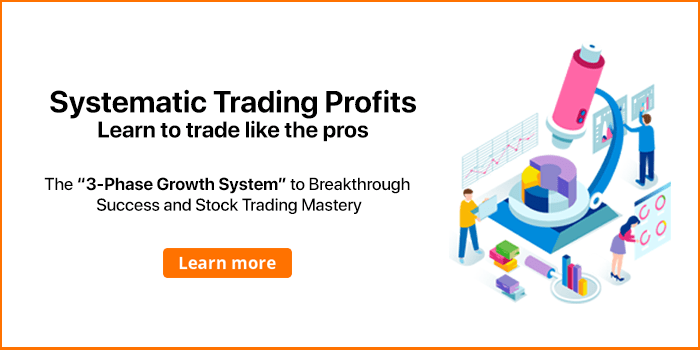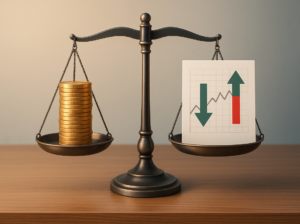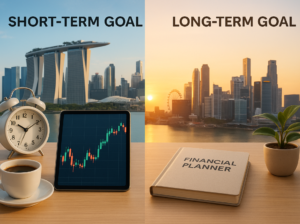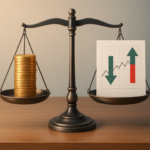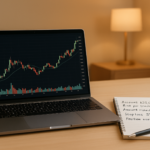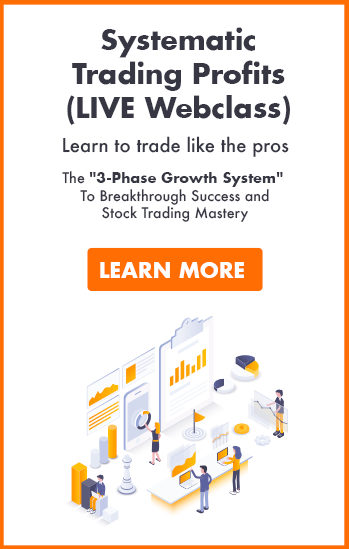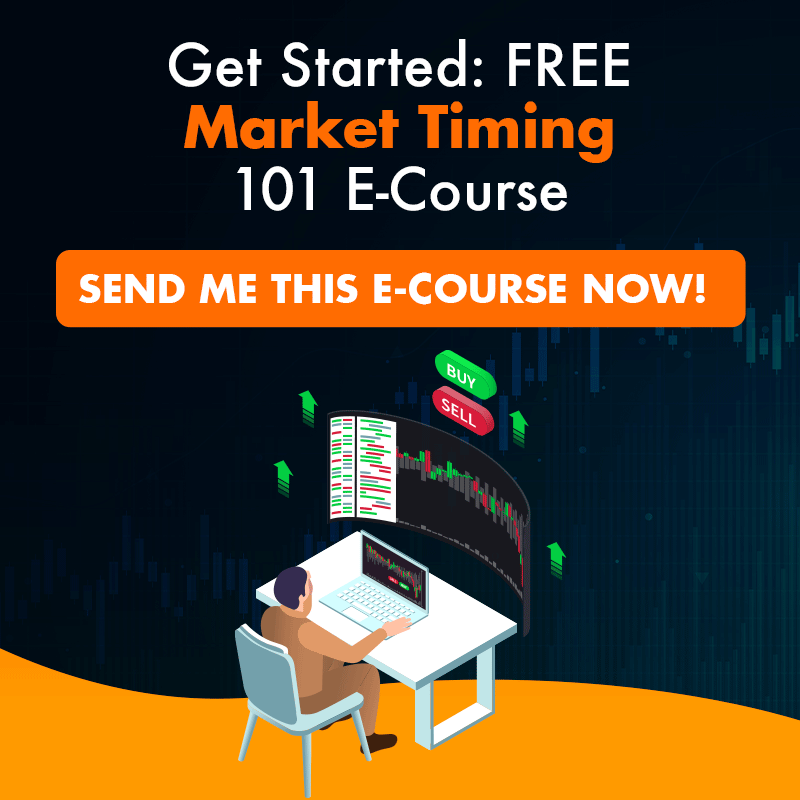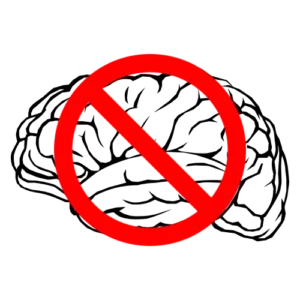What Do You NEED To Make Outstanding Returns
I’m not talking about turning $50 bucks into a million dollars but outstanding returns, that will put your mutual fund’s return to shame at least. Speaking from a perspective that you’re not market-making nor exploiting an arbitrage inefficiency in your trading.
This article deals with 4 aspects of trading in a systematic fashion. Where your trading methodology or framework has rules which you consistently use to engage the market.
Have Simple Edges
An edge is simply anything which gives you an advantage over most participants in the market. It doesn’t have to be a huge advantage.
AND you don’t need to have the advantage all the time. You just need to have your advantage over other participants, at specific points of time during the market movements. That’s when you make your move.
You edge would come from 2 main things.
One: The Entry
You just need to get in at places where you have a better than 50% chance of being right. Also, it needs to be an entry where you can see a clearly defined risk point before you enter your trade.
So if the market reaches that point, the message it is simply telling you is, “I’m not ready to go your way yet, try again next setup”. And what do you think you need to do at this point?
Yes!
This is where you put your stop loss to exit your trade. This will come in many many forms.
It could be an entry when the trend context becomes clear. On the other hand, it could be an entry when nothing is clear, everyone is panicking and the market is at extremes.
Second: Reward Per Unit Risk
Reward per unit risk is how much will you get paid for the risk you’re taking. By having a strong risk/reward, that means profiting $2-3 for every $1 which you risk on your winning trades.
If you are able to have an even higher risk/reward, then good for you. But do note that risk/reward is a balancing act with your hit rate.
Hit rate is the rate at which you get a winning trade.
For example, if you made 100 trades and 60 of them made a profit, then your hit rate is 60%. So naturally, the higher your risk/reward, the lower your hit rate.
All things equal, where there is no edge, a system which has a risk/reward ratio of 1:1, will have a hit rate of 50%
As a gauge, if your system allows each winning trade to capture $2 for every $1 you risk. (1:2 risk/reward ratio).
Then your hit rate needs to be approximately 35% to breakeven. That’s before taking into account your trading commissions.
If your hit rate is 40%, you would expect about 20R profit after 100 trades.
The term R refers to the amount risk you take per trade.
Let’s say you risk $100 per trade. Then after 100 trades, your profit would approximately be 20R = 20 x ($100) = $2000
If your risk/reward ratio is 1:3, capturing $3 for every $1 risk you take on a winning trade.
Then your hit rate needs to be 25% to breakeven, before account for commissions. In this case, if your hit rate is 30%, then your profit after 100 trades would be 20R.
Just something to note here. The system’s hit rate is out of our hands, so don’t focus on each individual trade’s outcome. Focus instead on the overall picture.
I know someone, let’s call him Trader A who averages a risk/reward of 1:2.5, with a hit rate a little over 30%.
So his expected profit per 100 trades is 10-12R.
Does Trader A’s edge seem very slight compared to the numbers I shared above? Not very interesting isn’t it?
However, he gets about 15 trades a day. Over a period of a month, he will do approximately 300 trades, in a quarter, 1200 trades. Over a year, he can expect to do well over 4000 trades.
What do you think of Trader A’s annual profit now? Outstanding returns?
Which brings me to my next point which affects your profitability.
Frequency Of Trades
Trader A’s annual returns suddenly seem more respectable only because his system identifies over 4000 opportunities during a year.
Imagine a trader who had a risk/reward of 1:3, with an impressive hit-rate of 80%. That sounds really awesome doesn’t it? Wouldn’t you love to get your hands on his trading system?
However, let’s say this system gets only ONE trade opportunity a year.
What do you think of this trader’s system now?
Does it suddenly seem less impressive?
I hope the contrast in these examples will highlight that frequency of trades, is an important factor to making outstanding returns in the market. There is no cookie cutter number which says you need to have 100 trades in a month to be profitable.
However, it certainly would affect your consistency, such as in terms of how many months in a year are you profitable.
Time
Time allows you to accumulate the large sample size required for your edges to churn out those outstanding returns.
Yes, you need patience. Trading profits are extracted over time.
As traders, we don’t expect 1 single super huge win and then retire. Although that is something many traders dream about. But it’s not something we can reliably depend on to consistently make money from the markets for years to come.
Luck
WAIT!
I’m not talking about the luck you get from a four-leaf clover or from praying at a temple to strike lottery. The luck I’m referring to, is where preparation meets opportunity.
You can’t control when opportunity arrives, but you can control your preparedness to take full advantage of opportunity. By being disciplined and trading your rules, at some points in time, the market will offer periods of opportunity.
This refers to the market trend and volatility being at a certain degree, which suits your trading methodology perfectly. That’s when you get your abnormal winning streaks for outstanding returns.
Conclusion: How To Produce Big Returns From Trading
So there you have it. If you are able to get these 4 aspects in order, and keep them in perspective… There’s a very good chance that you can put your mutual fund’s returns to shame.
If you’d like to find out more about systematic trading, click the banner below.





